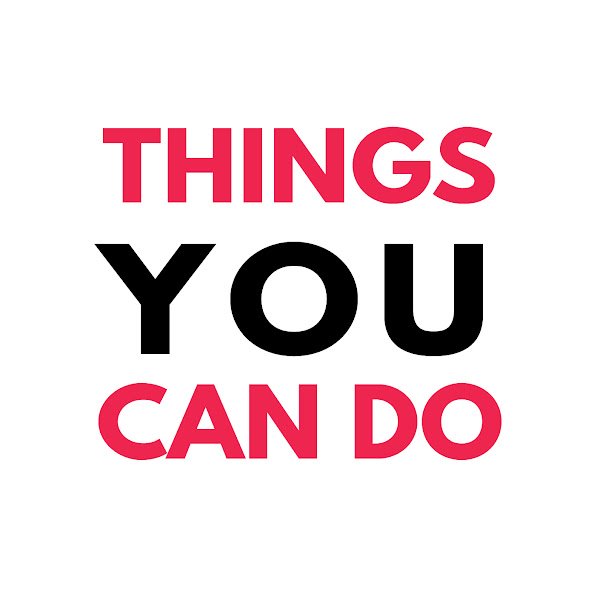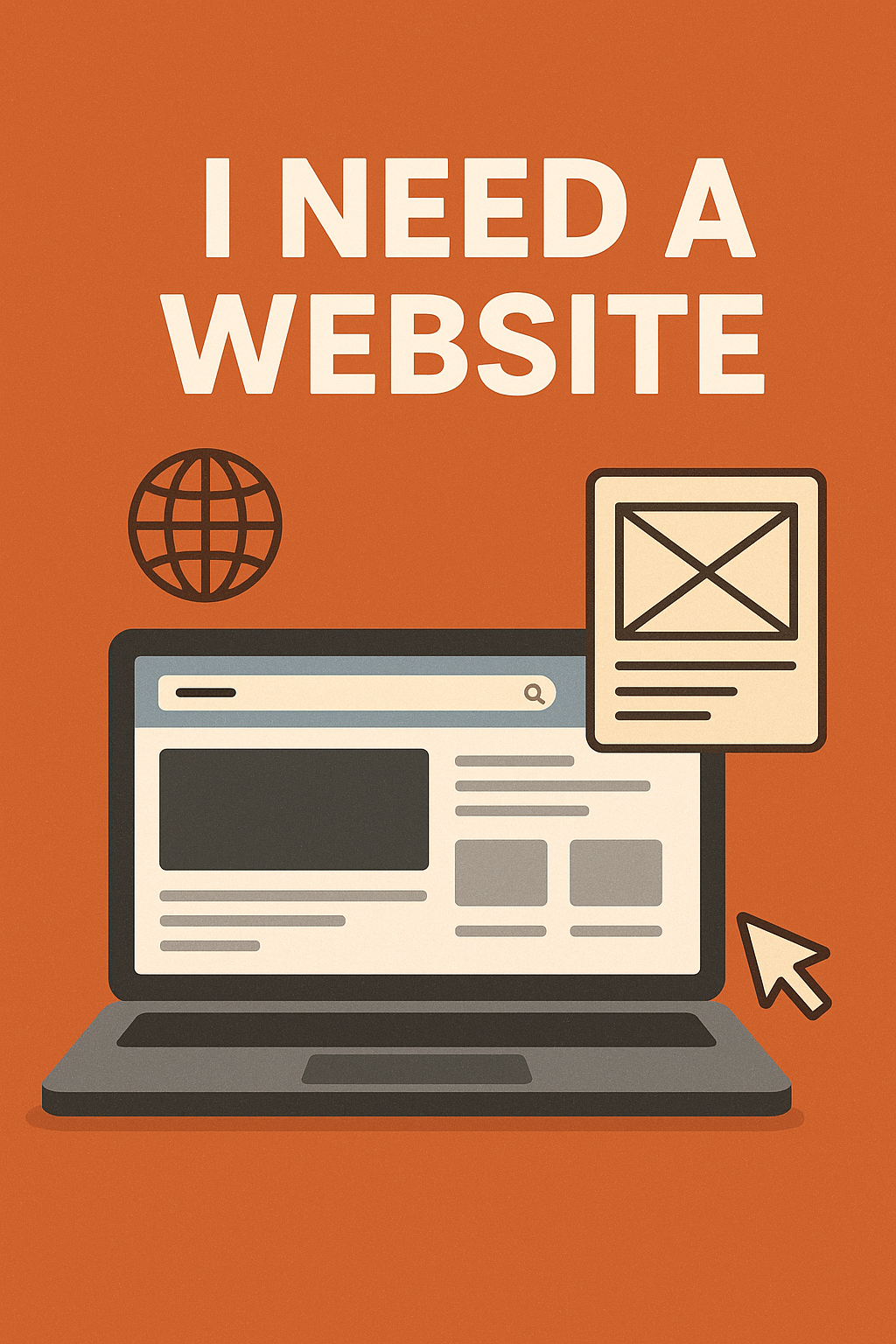In today’s world, saying “I need a website” isn’t just a thought; it’s a necessity. Whether you’re an entrepreneur, an artist, a freelancer, or simply someone with a message to share, having an online presence can transform your personal brand or business.
But where do you start? Who actually needs a website? Why is it so important? And how do you go from the idea to a fully functional site?
Let’s break it down step by step.
Who Needs a Website?
The short answer: almost everyone. But let’s explore the main groups of people and businesses that benefit most from having a website.
Small Business Owners
From local coffee shops to HVAC companies, small business owners need a website to:
- List services and products
- Share business hours and contact info
- Attract local customers through Google search
- Compete with larger brands
Without a site, you rely solely on word-of-mouth or social media, which limits growth.
Freelancers & Independent Professionals
Web designers, writers, consultants, tutors, and photographers all use websites as digital portfolios. Your site becomes your resume, business card, and pitch deck, all in one.
Content Creators & Influencers
If you post videos, blogs, or podcasts, a personal website helps you control your content. Social media platforms can change algorithms or rules overnight, but your site is always under your control.
Nonprofits & Community Groups
Websites help nonprofits share their mission, gather donations, and recruit volunteers. Without a site, they miss the credibility factor donors expect.
Job Seekers & Personal Brands
Even individuals who aren’t running a business can benefit. A personal website or portfolio stands out in a crowded job market. Employers can see your work, story, and expertise all in one place.
👉 Bottom line: If you want to be found, trusted, or taken seriously, you need a website.
Why Do You Need a Website?
Let’s talk about the reasons a website is essential in 2025.
Credibility
A professional-looking site builds trust. People expect to verify you online before they buy, hire, or donate. Without one, you risk losing opportunities.
Visibility
Search engines like Google are the #1 way people find businesses. If you’re not online, you’re invisible to a massive audience.
Control
Unlike social media, where rules can change, your website is fully yours. You decide how it looks, what content to post, and how to connect with your audience.
Growth
A website works 24/7. It can bring in leads, sales, or readers even while you’re asleep. For businesses, that means scalability and freedom.
Communication
Unlike social media, where rules can change, your website is fully yours. You decide how it looks, what content to post, and how to connect with your audience.
How to Get a Website
Now for the practical part. Here’s a step-by-step guide on how to go from idea to live website.
Step 1: Define Your Purpose
Ask yourself: Why do I need a website?
- To sell products (eCommerce)?
- To showcase work (portfolio)?
- To provide information (business site)?
- To share ideas (blog)?
Your answer will shape everything else. Design, features, and cost.
Step 2: Choose a Domain Name
Your domain is your online address (example: yourbusiness.com).
Tips:
- Keep it short and easy to spell
- Use keywords if possible (like dutchesshvac.com)
- Stick with
.comwhen you can—it’s the most trusted
Domains usually cost $10–$20 per year.
Step 3: Select a Hosting Provider
Hosting is where your website “lives.” Think of it like renting space on the internet.
Popular options:
- Hostinger – budget-friendly, great for beginners
- Bluehost – beginner-focused, good support
- SiteGround – reliable and fast
- Cloud hosting (AWS, Google Cloud) – advanced, scalable
Hosting usually costs $3–$15 per month for a starter plan.
Step 4: Pick a Website Platform
This is where you decide how your site will be built.
- WordPress (most popular, flexible, huge plugin ecosystem)
- Wix (drag-and-drop, beginner-friendly)
- Squarespace (great for creatives, sleek templates)
- Shopify (best for online stores)
If you want control and growth, WordPress.org is the best long-term choice.
Step 5: Design Your Site
Here’s where many people get stuck. Good design doesn’t have to be expensive.
Options:
- Use a template (many free and paid ones available)
- Hire a web designer (cost varies from $500–$5,000 depending on complexity)
- DIY with drag-and-drop tools (Wix, Squarespace, Elementor for WordPress)
Make sure your design is:
- Mobile-friendly (most visitors use phones)
- Fast-loading (slow sites lose traffic)
- Simple to navigate
Step 6: Add Content
Content is what brings your site to life. Include:
- Homepage – who you are, what you offer
- About Page – your story and mission
- Services/Products Page – what you sell or provide
- Contact Page – email, phone, form, or booking link
- Blog/Portfolio – showcase your expertise
Pro tip: Write with your visitors in mind. Solve their problems, answer their questions, and keep it clear.
Step 7: Secure & Launch
Before going live:
- Add an SSL certificate (this makes your site show “https://” and builds trust)
- Test on mobile and desktop
- Proofread everything
- Set up Google Analytics to track visitors
Once it’s ready, hit publish and share it everywhere—social media, business cards, email signatures, and even word-of-mouth.
Common Questions About Getting a Website
How much does it cost to build a website?
- DIY (WordPress/Wix): $100–$300 per year
- Professional designer: $500–$5,000+ depending on features
- Ongoing costs: hosting + domain renewals
Can I make a website without coding?
Yes! Platforms like Wix, Squarespace, and WordPress page builders (like Elementor) make it possible with drag-and-drop editing.
How long does it take to make a website?
- DIY simple site: 1–2 days
- Professional project: 2–6 weeks depending on scope
Final Thoughts
Saying “I need a website” is the first step. Acting on it is what will set you apart.
Your website is more than just a digital space, it’s a tool for growth, communication, and credibility. Whether you’re running a business, building a brand, or simply sharing your passion, having a website puts you on the map.
So, who needs a website? You do.
Why? Because it’s essential for credibility, visibility, and growth.
How? Start with a domain, hosting, and a platform and build step by step.
The sooner you start, the sooner you’ll reap the benefits of having your own corner of the internet.

